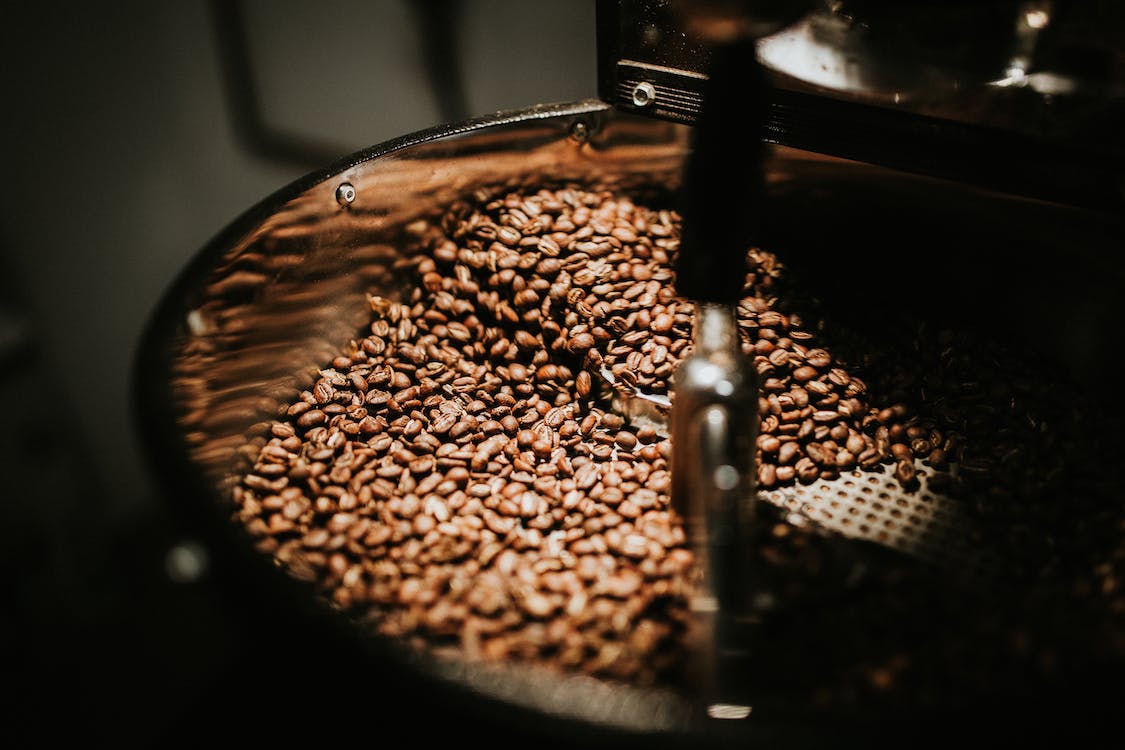
FAQ About Coffee

What is wet processing in coffee production?
Wet processing, also known as washed processing, is a method of processing coffee cherries immediately after they are harvested. This method is commonly used for producing high-quality Arabica coffee beans. Wet processing involves several steps to remove the outer layers of the cherry and extract the coffee beans. Here's an overview of the wet processing method:
- Harvesting: Ripe coffee cherries are selectively picked by hand, ensuring only the fully ripe ones are collected.
- Depulping: The harvested cherries are taken to a processing facility where they undergo depulping. This step involves removing the outer skin and pulp from the cherries, leaving behind the coffee beans covered with a slimy layer called mucilage.
- Fermentation: The depulped coffee beans, still coated with mucilage, are then placed in fermentation tanks or fermentation channels. The beans are left to ferment in water for a specific period, typically ranging from 12 to 48 hours. During fermentation, naturally occurring enzymes break down the remaining mucilage layer.
- Washing: After fermentation, the coffee beans are thoroughly washed to remove the loosened mucilage. This is typically done by rinsing the beans with water and agitating them, often using mechanical equipment. The washing process helps to ensure that the mucilage is completely removed, leaving behind clean coffee beans.
- Drying: The washed coffee beans are then dried to reduce their moisture content. Depending on the available infrastructure and climate conditions, the drying process can be done using various methods. Common approaches include sun drying, where the beans are spread out on patios or raised beds, or mechanical drying, which utilizes specialized drying machines.
- Hulling and Sorting: Once the coffee beans are dried to the desired moisture level, the outer parchment layer (pergamino) is removed through a process called hulling. Hulling exposes the green coffee beans within. The beans are then sorted to remove any defects, such as damaged or discolored beans, ensuring only high-quality beans remain.
